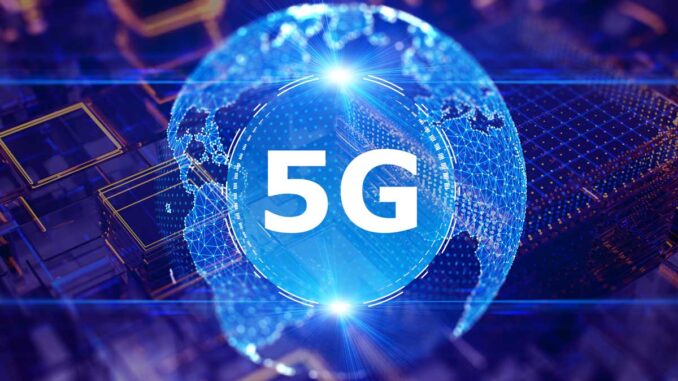
Interoperability with legacy systems is a critical aspect of the transition to the **5G Core (5GC)**, especially for telecommunications operators who have invested heavily in existing infrastructure.
Here’s a closer look at the challenges and solutions associated with achieving interoperability between 5GC and legacy systems like the **Evolved Packet Core (EPC)**.








#### Challenges of Interoperability
1. **Investment in Legacy Systems**:
– Many organizations have significant investments in their legacy systems, which often cannot be abandoned easily. This creates a need for new systems to work alongside existing infrastructure without requiring complete overhauls [[1]](https://ieeexplore.ieee.org/document/4027181).
2. **Diverse Protocols and Standards**:
– Legacy systems may utilize proprietary protocols and data formats that are incompatible with modern standards. This diversity complicates data exchange and can hinder seamless integration with the 5GC [[2]](https://medium.com/@avendata24/navigating-the-complexities-legacy-system-integration-challenges-b072742be08d).
3. **Complexity of Integration**:
– Integrating new technologies with legacy systems can lead to operational inefficiencies and increased costs. The complexity arises from the need to ensure that both systems can communicate effectively while maintaining performance and security [[3]](https://www.swevenbpm.com/integration-issues-with-legacy-systems-how-utilizing-interoperable-technology-solutions-can-help/).
4. **Security Concerns**:
– Legacy systems often#### Interoperability with Legacy Systems
**Importance of Interoperability**
Interoperability is a critical aspect of the transition from the Evolved Packet Core (EPC) to the 5G Core (5GC). The 5GC is designed to work alongside existing EPC systems, allowing for a smoother migration for operators. [[1]](https://ieeexplore.ieee.org/document/4027181)
**Challenges with Legacy Systems**
Legacy systems often pose significant interoperability challenges due to factors such as:
– **Proprietary Protocols and Data Formats**: Legacy systems may use incompatible protocols and data formats, making it difficult to exchange data and integrate with modern systems. [[2]](https://medium.com/@avendata24/navigating-the-complexities-legacy-system-integration-challenges-b072742be08d)
– **Lack of Security Measures**: Legacy systems may lack robust security features, exposing vulnerabilities and posing risks in the current threat landscape. [[3]](https://www.techuk.org/resource/five-barriers-to-managing-legacy-systems-for-the-purposes-of-data-sharing.html)
– **Outdated Architectures**: Legacy systems were often built on outdated architectures that are not well-suited for modern, cloud-native approaches.
**Strategies for Improving Interoperability**
To address these challenges and ensure seamless interoperability between the 5GC and legacy systems, operators can employ strategies such as:
– **Leveraging Facade Patterns**: Implementing a facade pattern can help abstract the complexity of legacy systems and provide a standardized interface for integration.
– **Adopting Common Standards**: Embracing industry-standard data formats and communication protocols, such as HL7 and FHIR, can facilitate interoperability across different systems. [[4]](https://www.digidoc.tech/blog/interoperability-challenges-solutions)
– **Gradual Migration**: Allowing for a gradual, phased migration from legacy systems to the 5GC can help minimize disruptions and ensure a smooth transition.
**Conclusion**
Interoperability is a crucial aspect of the 5G Core evolution, as it enables operators to leverage their existing investments in legacy systems while transitioning to the new, more advanced architecture. By addressing interoperability challenges and adopting strategies to bridge the gap between legacy and modern systems, operators can ensure a seamless migration and unlock the full potential of the 5GC.


Leave a Reply